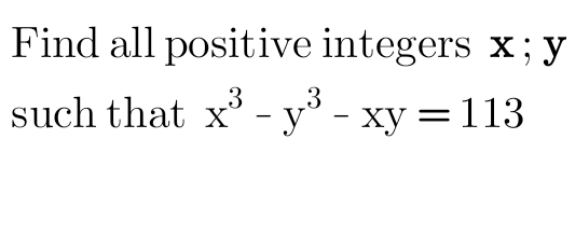
AllQuestion and Answers: Page 610
Question Number 158593 Answers: 1 Comments: 0

Question Number 158591 Answers: 0 Comments: 2
$$\:{I}=\int\:\frac{{dx}}{\mathrm{1}+{x}^{\mathrm{6}} }\:=? \\ $$
Question Number 158586 Answers: 0 Comments: 5

Question Number 158567 Answers: 0 Comments: 2
Question Number 158561 Answers: 0 Comments: 2

Question Number 159045 Answers: 1 Comments: 0
Question Number 158559 Answers: 1 Comments: 0

Question Number 158615 Answers: 0 Comments: 0

Question Number 158543 Answers: 1 Comments: 4

Question Number 158537 Answers: 0 Comments: 1
Question Number 158535 Answers: 0 Comments: 0

Question Number 158534 Answers: 0 Comments: 0
Question Number 158524 Answers: 0 Comments: 0
Question Number 158523 Answers: 1 Comments: 0
Question Number 158522 Answers: 1 Comments: 0
Question Number 158517 Answers: 0 Comments: 0
Question Number 158715 Answers: 0 Comments: 0

Question Number 158531 Answers: 1 Comments: 0
Question Number 158506 Answers: 0 Comments: 0

Question Number 158508 Answers: 0 Comments: 0
Question Number 158503 Answers: 0 Comments: 5

Question Number 158590 Answers: 1 Comments: 0
Question Number 158494 Answers: 0 Comments: 0

Question Number 158492 Answers: 1 Comments: 0
$$\:\int\:\frac{\mathrm{dx}}{\mathrm{1}+\mathrm{x}^{\mathrm{7}} }\:? \\ $$
Question Number 158489 Answers: 0 Comments: 0
Question Number 158483 Answers: 0 Comments: 0

Pg 605 Pg 606 Pg 607 Pg 608 Pg 609 Pg 610 Pg 611 Pg 612 Pg 613 Pg 614
